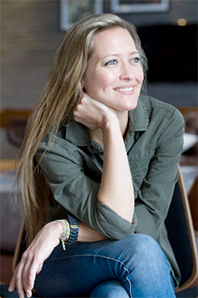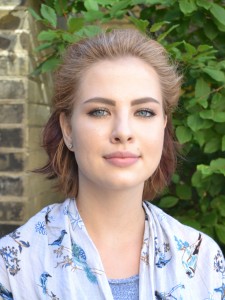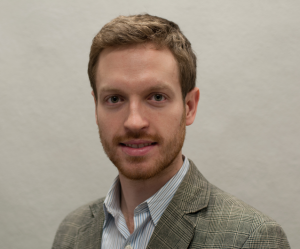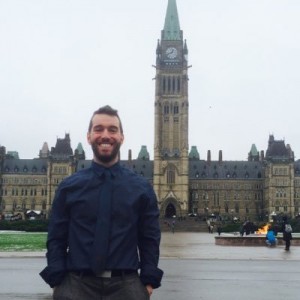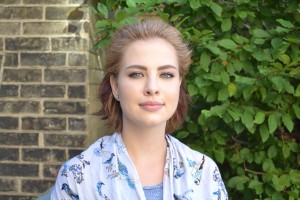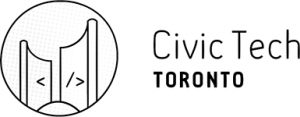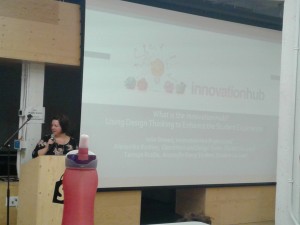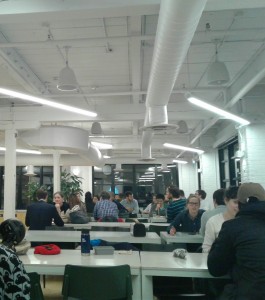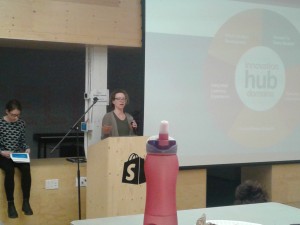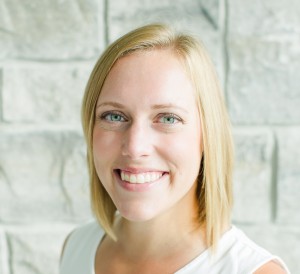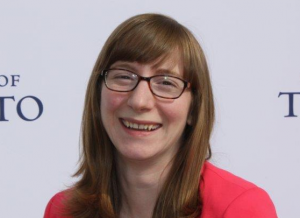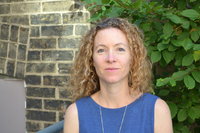The Innovation Hub is pleased to announce that we are hosting an Ideas Workshop on June 5th and 9th for students, faculty and staff to:
- Take our prototype ideas and explore how they might come to life at U of T, what challenges we might encounter, how we might measure impact and what practical next steps need to be taken to move these ideas forward.
- Help us start to think about prospective project teams for each of these ideas.
We invite students, faculty and staff from the U of T community to join us as we expand our thinking about these ideas in a fun and collaborative setting. Each participant will choose one of the ideas (listed below) to workshop.

